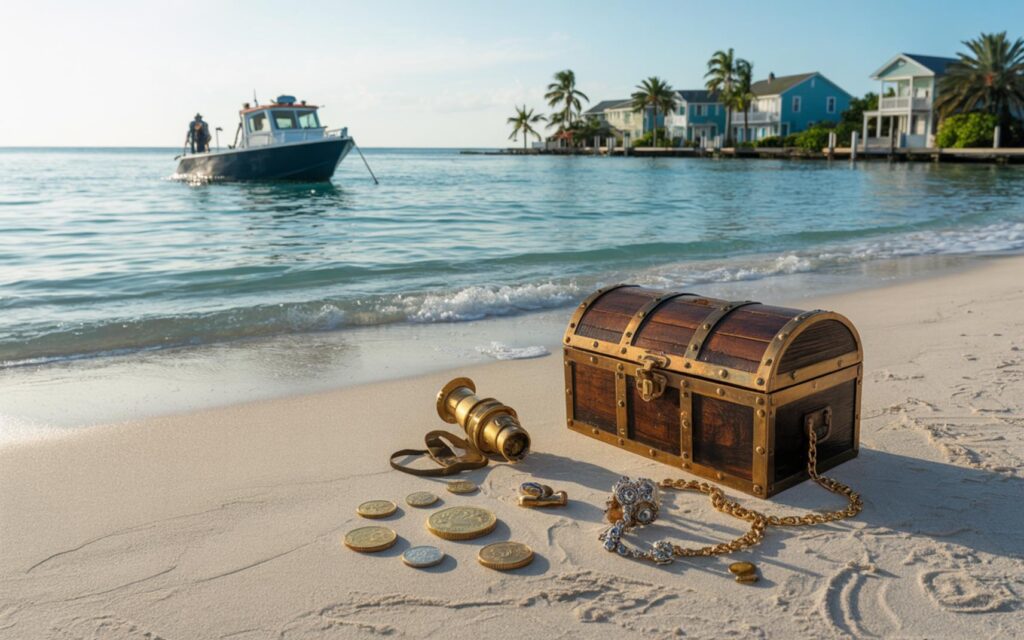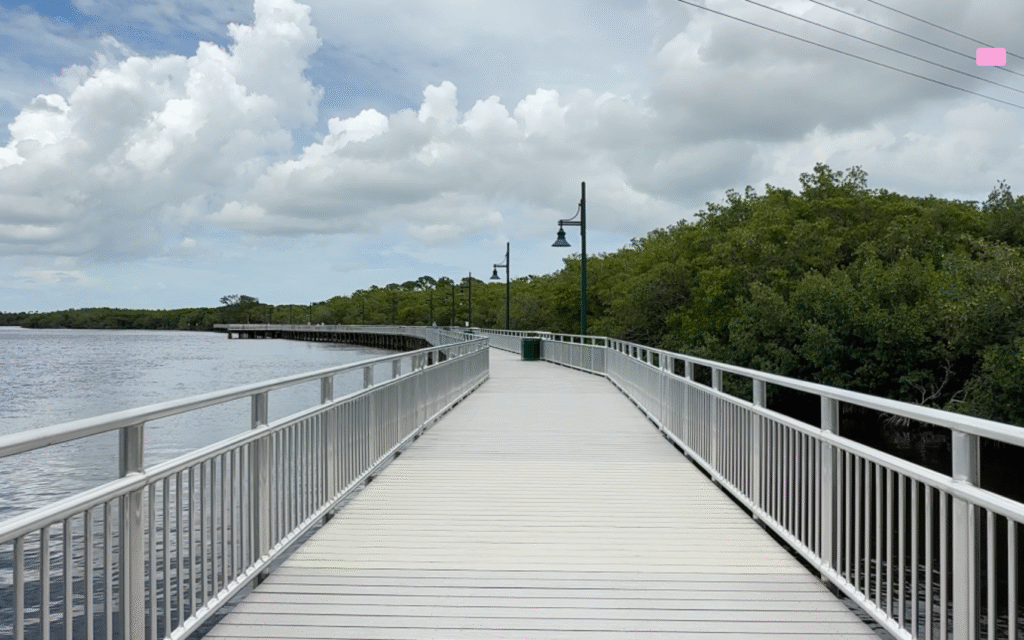The 1715 Treasure Fleet recovery off Florida’s Treasure Coast continues to reveal rare coins and artifacts, with recent salvage operations in 2025 uncovering over 1,000 silver coins and five gold coins from the historic shipwrecks. The 1715 Treasure Fleet remains central to the region’s maritime history, drawing attention from archaeologists, historians, and the public alike.
1715 Treasure Fleet: History and Significance
The 1715 Treasure Fleet was a convoy of 12 Spanish ships transporting gold, silver, and jewels from the New World to Spain. According to historical records, the fleet sank off the east coast of Florida during a hurricane on July 31, 1715. The disaster resulted in the loss of an estimated $400 million in treasure, making it one of the most significant maritime losses in history.
The fleet’s cargo included coins such as silver reales, often called pieces of eight, and gold escudos. Many of these coins were minted in Spanish colonies, including Mexico, Peru, and Bolivia. The loss of the fleet had a lasting impact on Spanish maritime trade and colonial-era economies.
Recent Recovery Efforts on Florida’s Treasure Coast
In the summer of 2025, Queens Jewels, LLC, the exclusive salvage rights holder for the 1715 fleet, recovered over 1,000 silver coins and five gold coins from the wreckage. According to official sources, the haul is valued at approximately $1 million. The coins are notable for their excellent preservation, with many showing visible dates and mint marks.
Experts believe these coins were part of a single shipment that was quickly buried by sand after the ship broke apart. The rapid burial helped protect the coins from corrosion and damage, allowing for their current state of preservation.
Salvage Operations and Legal Protections
Salvage operations on the 1715 Treasure Fleet are conducted under strict state oversight and archaeological guidelines. According to the Florida Division of Historical Resources, only authorized subcontractors working with Queens Jewels, LLC are permitted to conduct salvage work at these wreck sites. Unauthorized removal of artifacts is illegal under Florida law.
These regulations are designed to ensure the preservation and study of artifacts, protecting both the historical record and the integrity of the shipwreck sites. State officials monitor recovery activities to ensure compliance with archaeological standards.
Artifacts and Their Historical Value
Artifacts recovered from the 1715 Treasure Fleet include rare coins, gold chains, and jewelry. Some items are believed to have belonged to Spanish royalty, including pieces from the dowry of Philip V’s second wife. The ongoing discoveries provide valuable insights into colonial-era maritime trade, shipbuilding, and daily life during the Spanish Empire.
According to archaeologists, the study of these artifacts helps researchers understand the economic and cultural connections between Spain and its colonies. The coins, in particular, offer information about minting practices and trade routes in the early 18th century.
Public Display and Education
Recovered artifacts are conserved and, in some cases, planned for public display in local museums. These exhibits aim to educate the public and highlight the historical significance of the 1715 Treasure Fleet. Museum displays often feature coins, jewelry, and personal items recovered from the wrecks, providing visitors with a direct connection to the past.
Local museums on the Treasure Coast play a key role in preserving and interpreting the fleet’s legacy. Educational programs and exhibits help raise awareness of Florida’s rich maritime history.
Ongoing Exploration and Future Discoveries
The area where the 1715 fleet sank is known as Florida’s Treasure Coast, a region famous for ongoing discoveries of shipwreck artifacts. Salvage teams continue to explore the wreck sites, with much of the original treasure still believed to be hidden beneath the ocean floor.
According to state officials, exploration efforts are expected to continue as technology and archaeological methods improve. Each new find adds to the understanding of the fleet’s history and the broader story of Spanish colonial maritime activity.
- 1715 Treasure Fleet sank off Florida’s east coast during a hurricane
- Estimated $400 million in gold, silver, and jewels lost
- 2025 recovery yielded over 1,000 silver coins and five gold coins
- Salvage operations are strictly regulated by Florida law
- Artifacts provide insights into colonial-era trade and shipbuilding
Frequently Asked Questions About 1715 Treasure Fleet Recovery
What is the 1715 Treasure Fleet?
The 1715 Treasure Fleet was a group of 12 Spanish ships that sank off Florida’s east coast during a hurricane while carrying gold, silver, and jewels to Spain. It is one of the largest maritime treasure losses in history.
How much treasure has been recovered from the 1715 fleet?
Recent salvage operations in 2025 recovered over 1,000 silver coins and five gold coins, valued at about $1 million. Experts believe much of the original treasure remains undiscovered.
Are there legal restrictions on recovering artifacts from the 1715 fleet?
Yes, only authorized subcontractors working with Queens Jewels, LLC are allowed to conduct salvage work at the wreck sites. Unauthorized removal of artifacts is illegal under Florida law.
Can you visit museums to see artifacts from the 1715 Treasure Fleet?
Some recovered artifacts are displayed in local museums on Florida’s Treasure Coast. These exhibits help the public learn about the fleet’s history and the region’s maritime heritage.
Where are the 1715 Treasure Fleet shipwrecks located?
The shipwrecks are located off the east coast of Florida, in an area known as the Treasure Coast. This region is famous for ongoing discoveries of shipwreck artifacts and historical treasures.
































